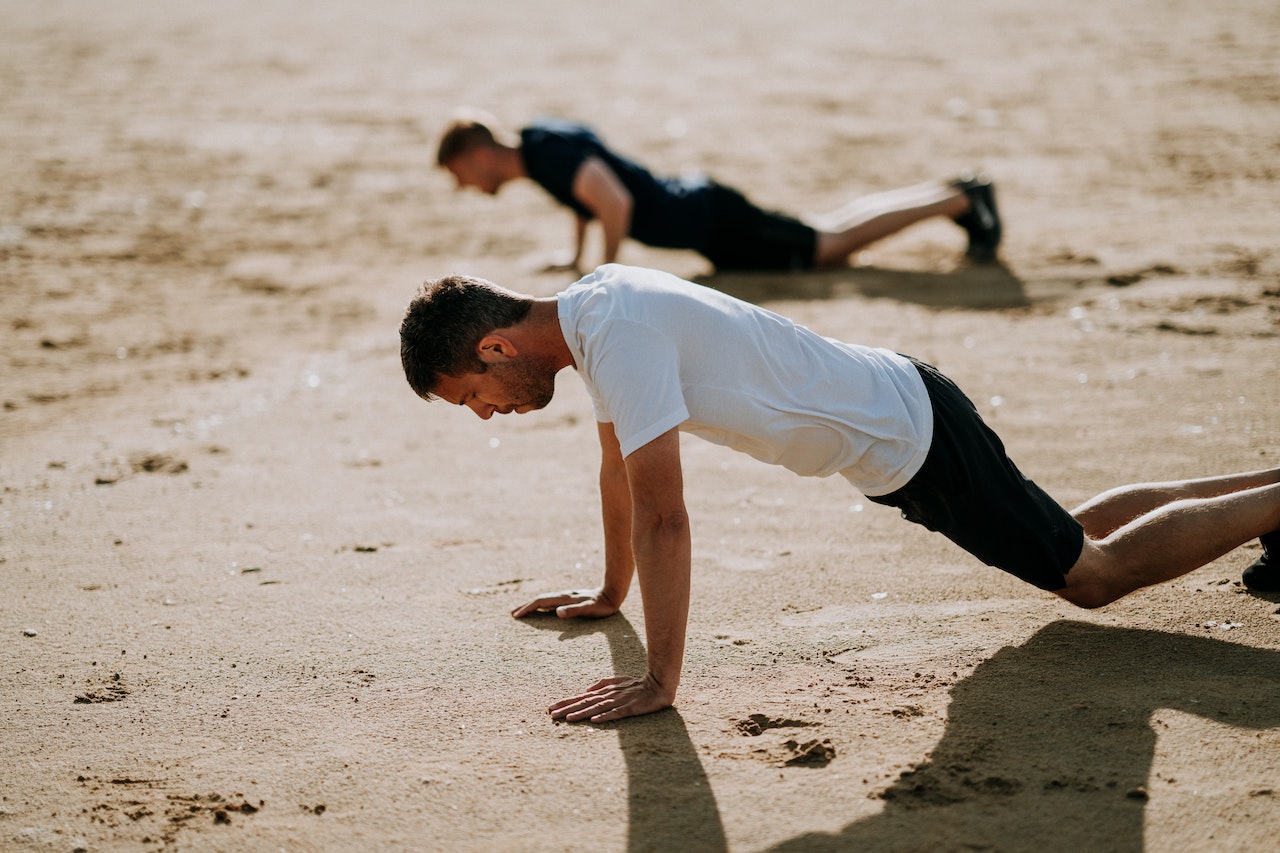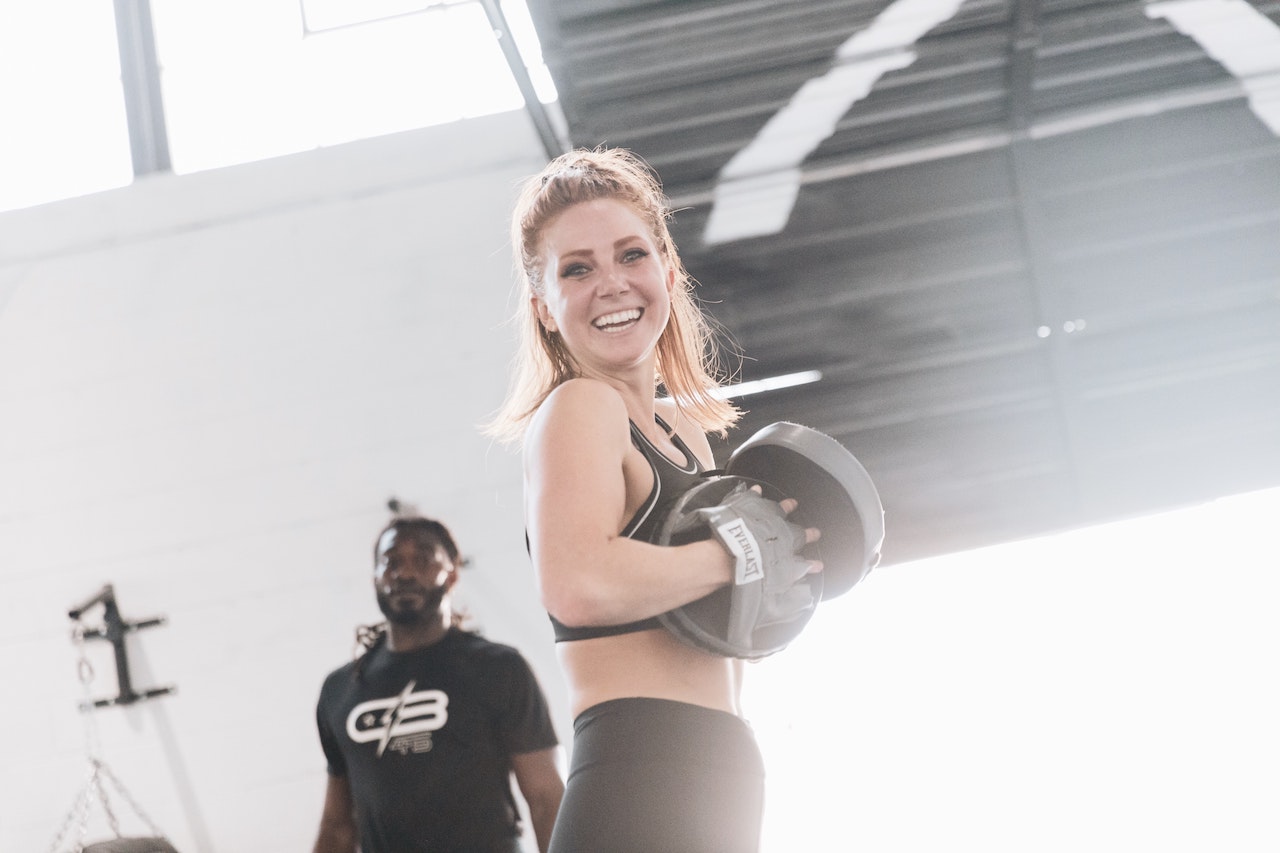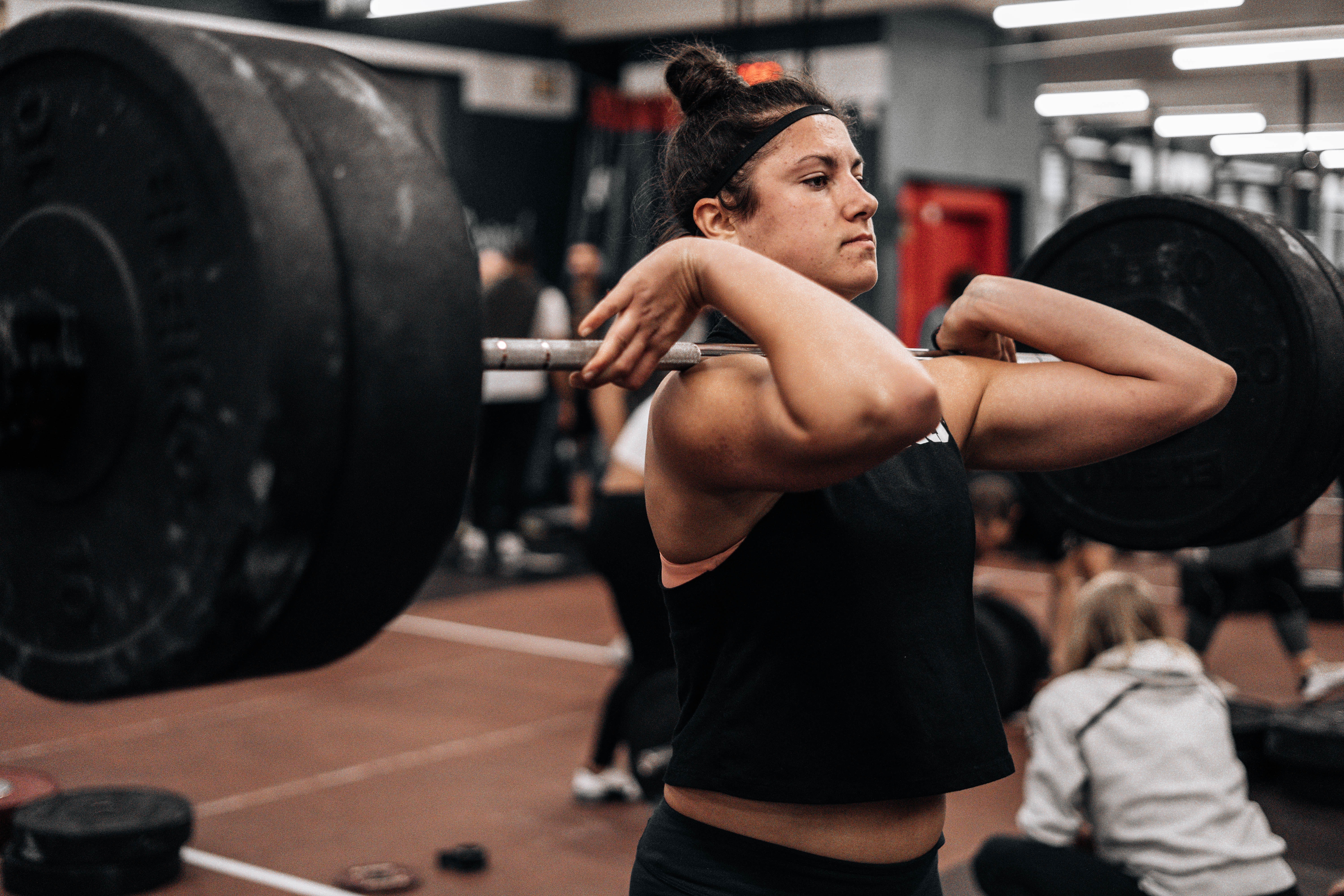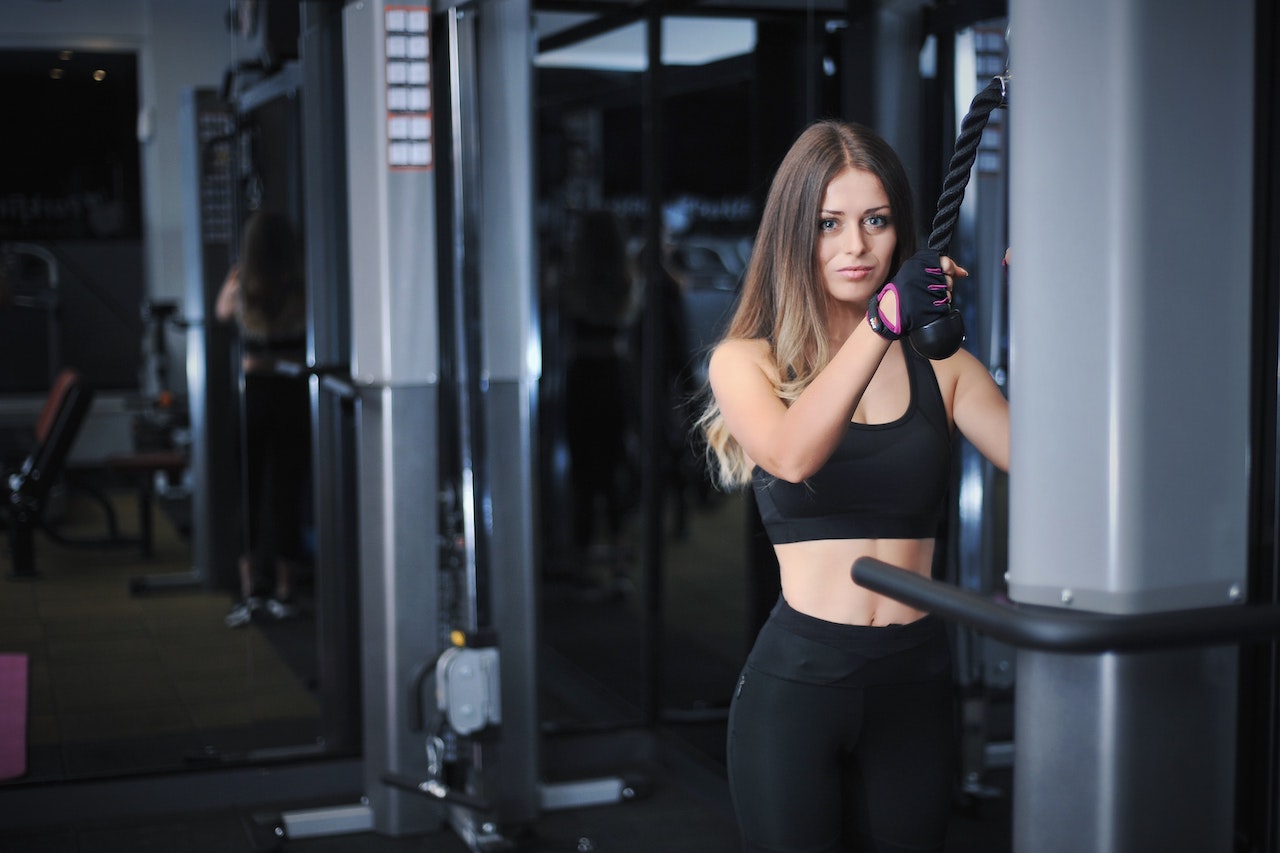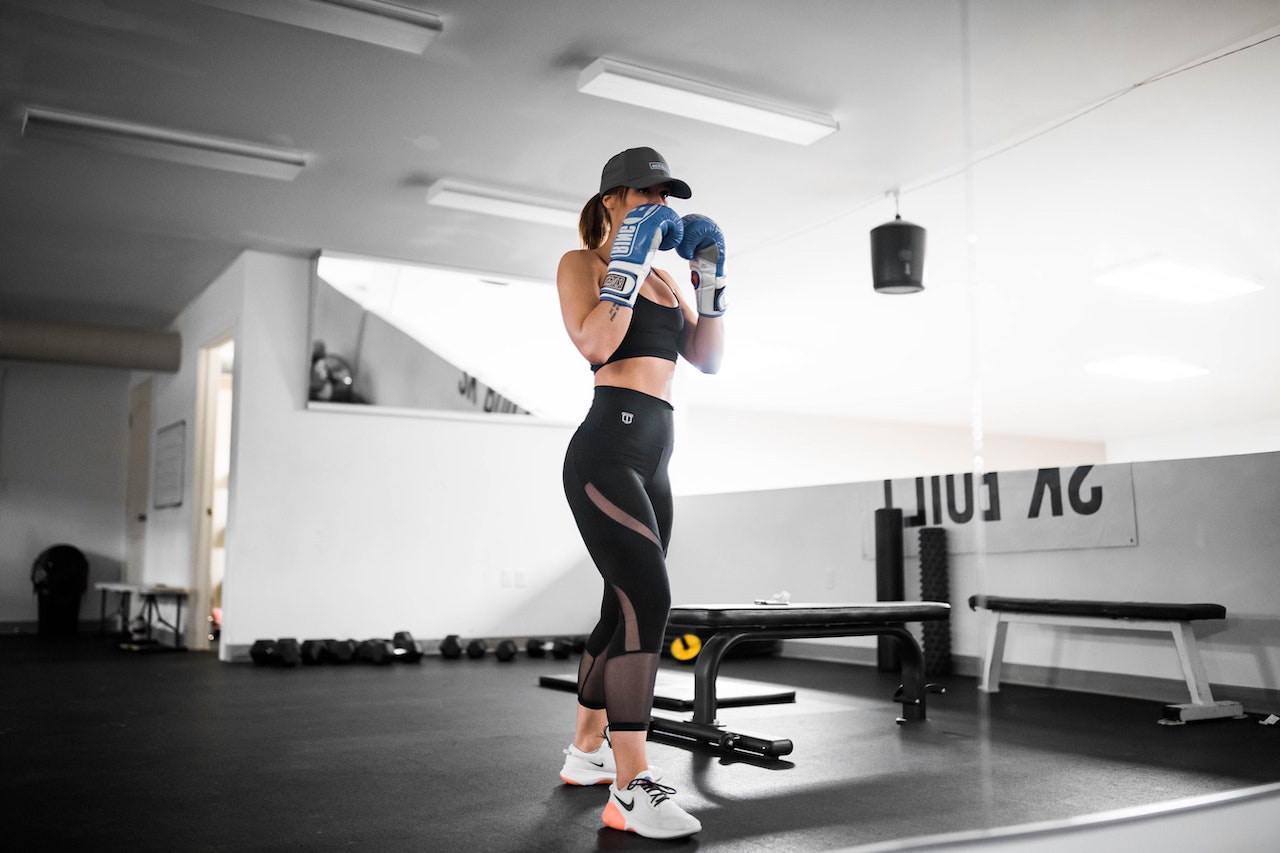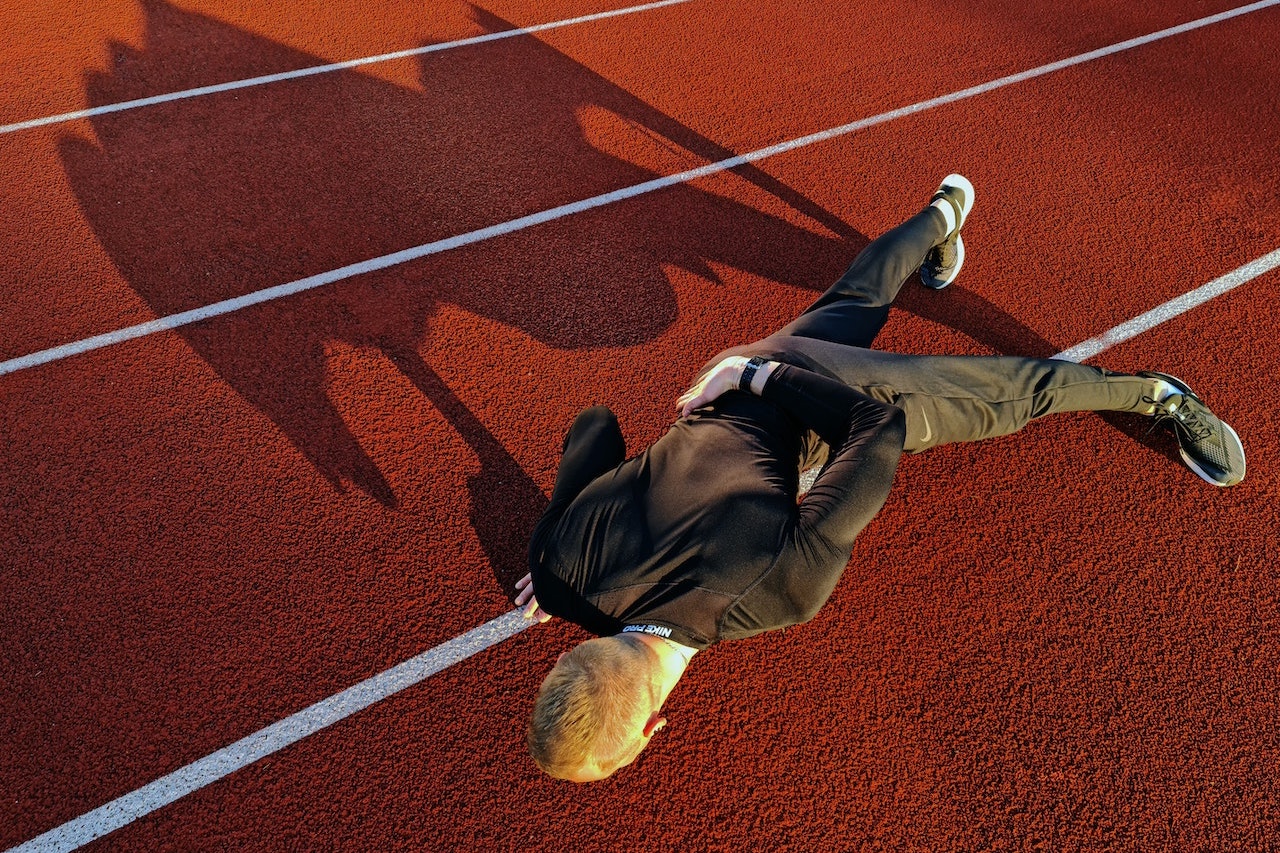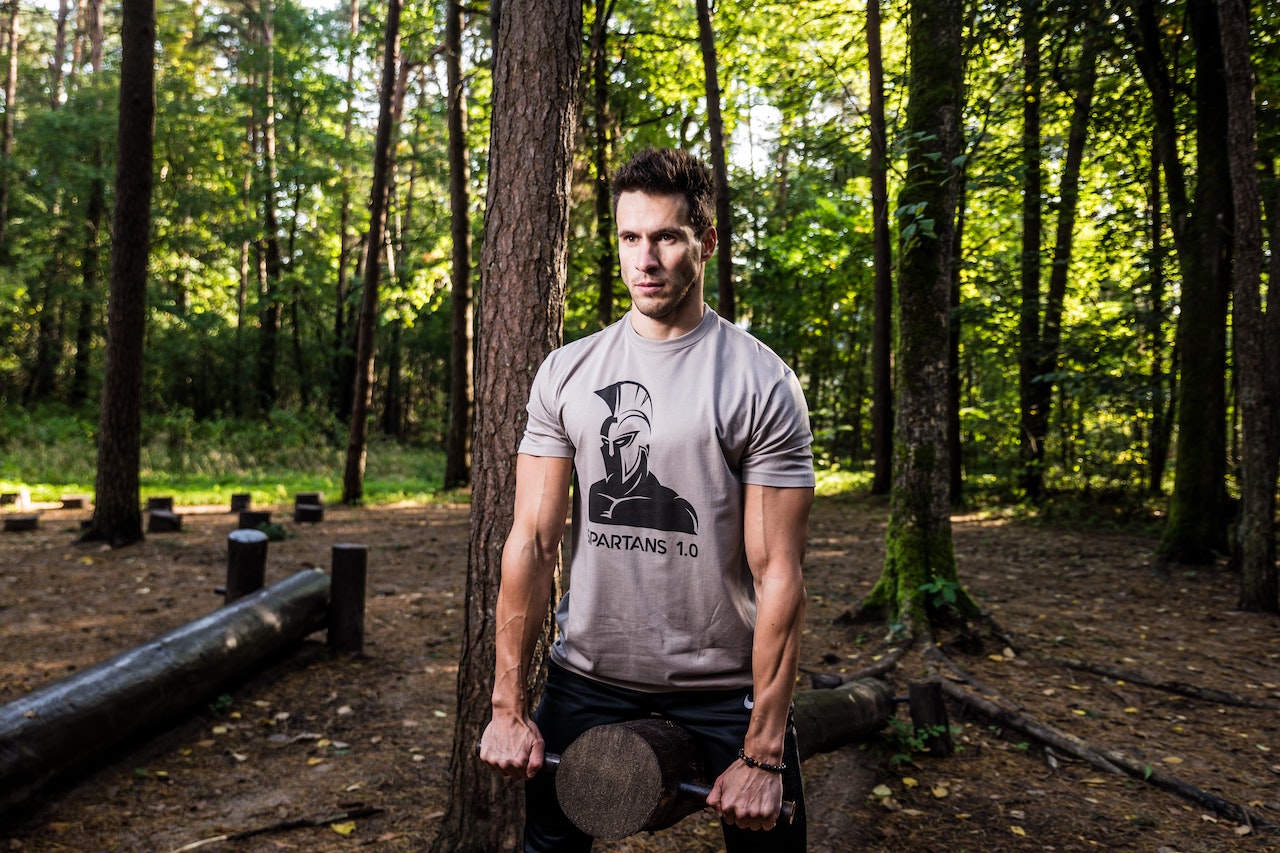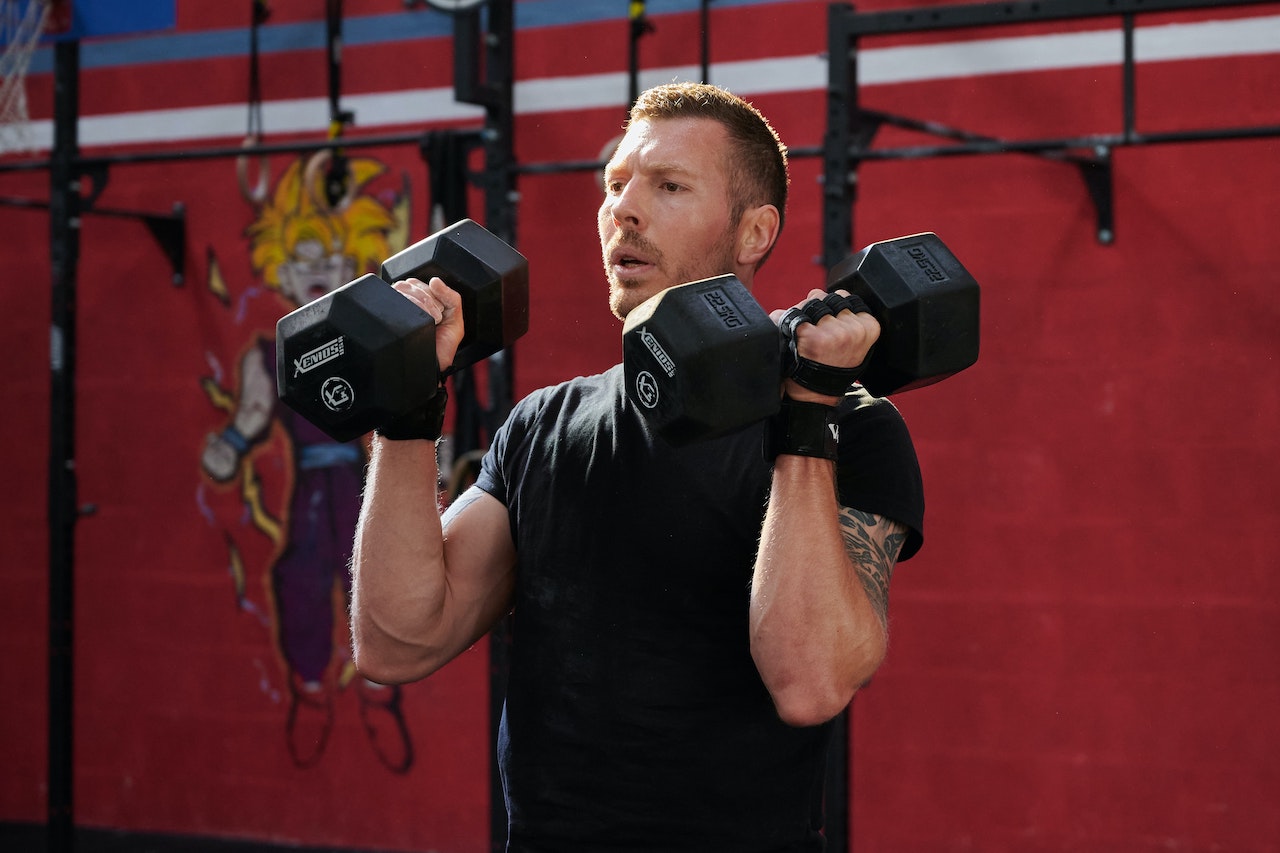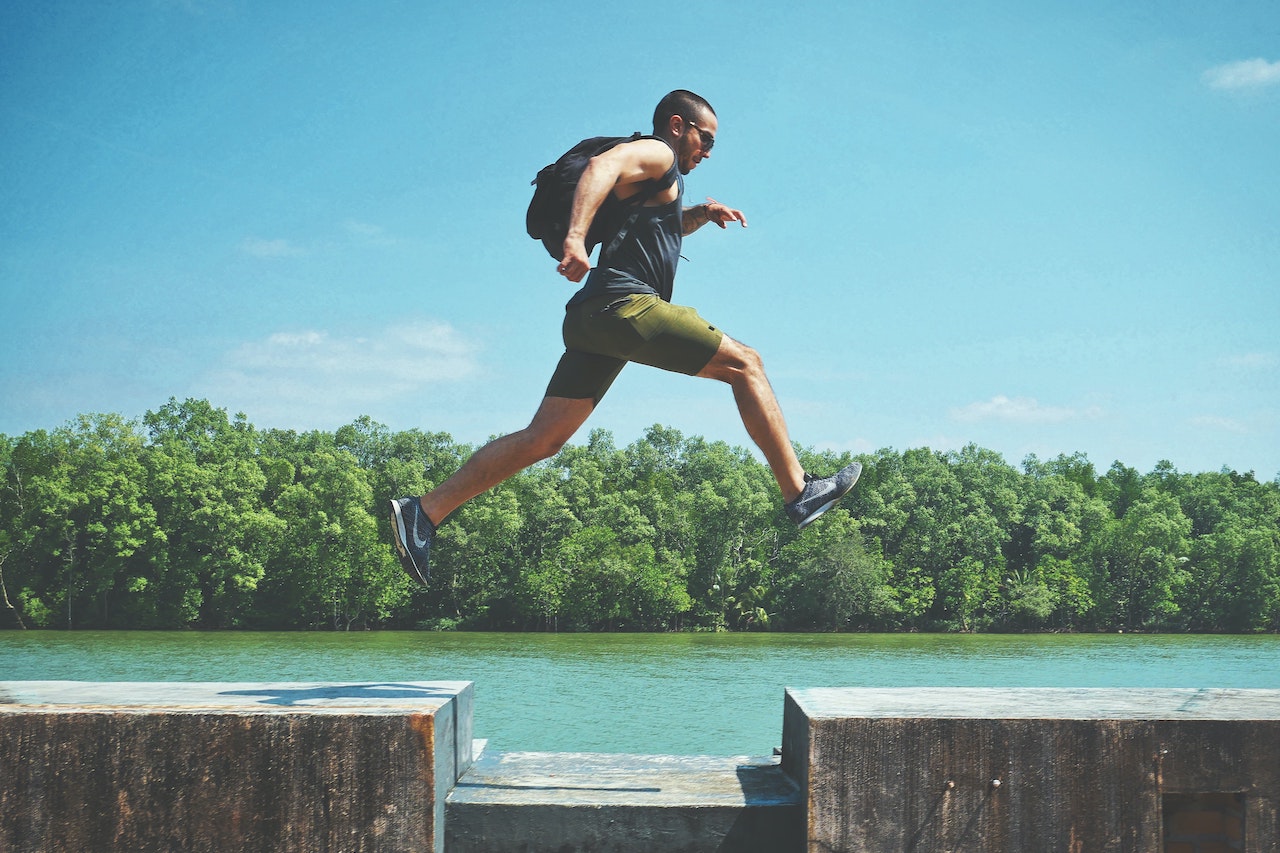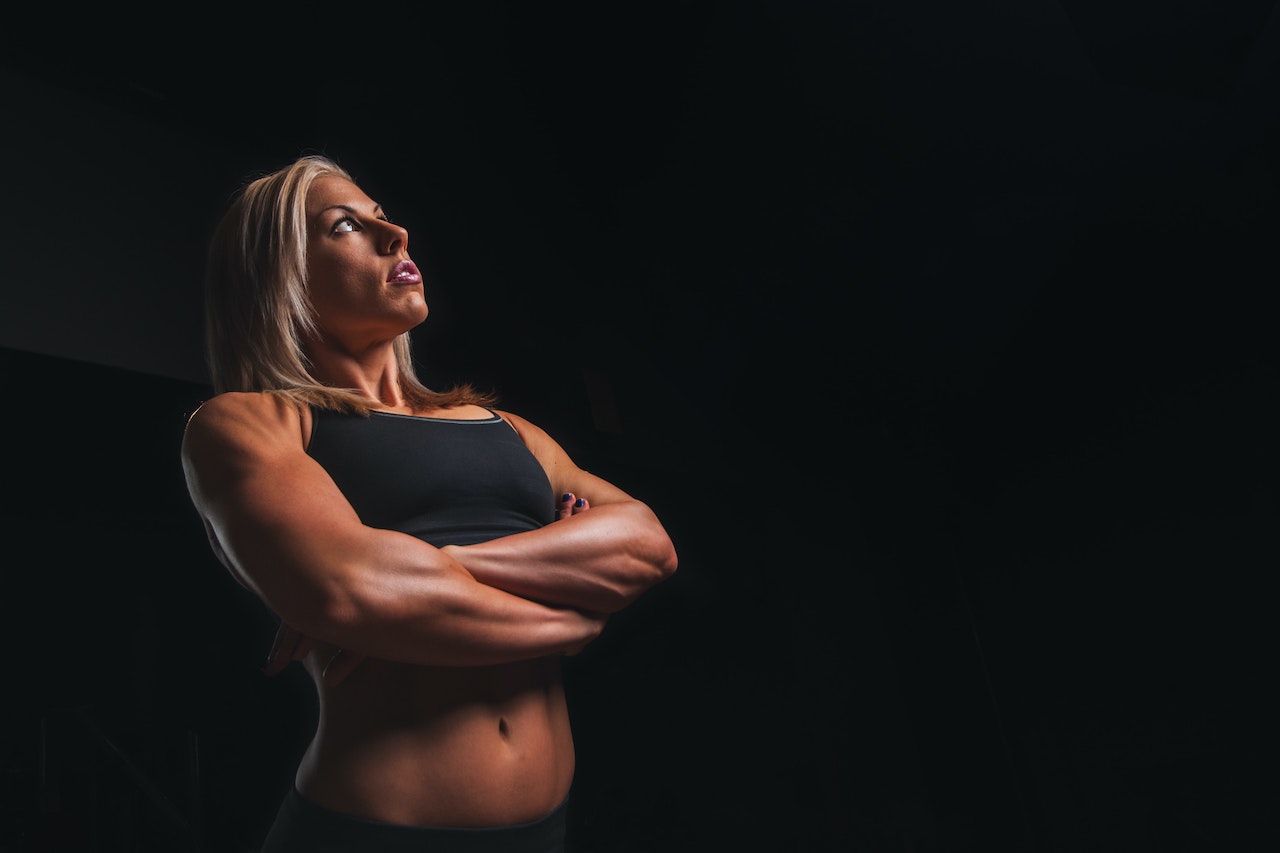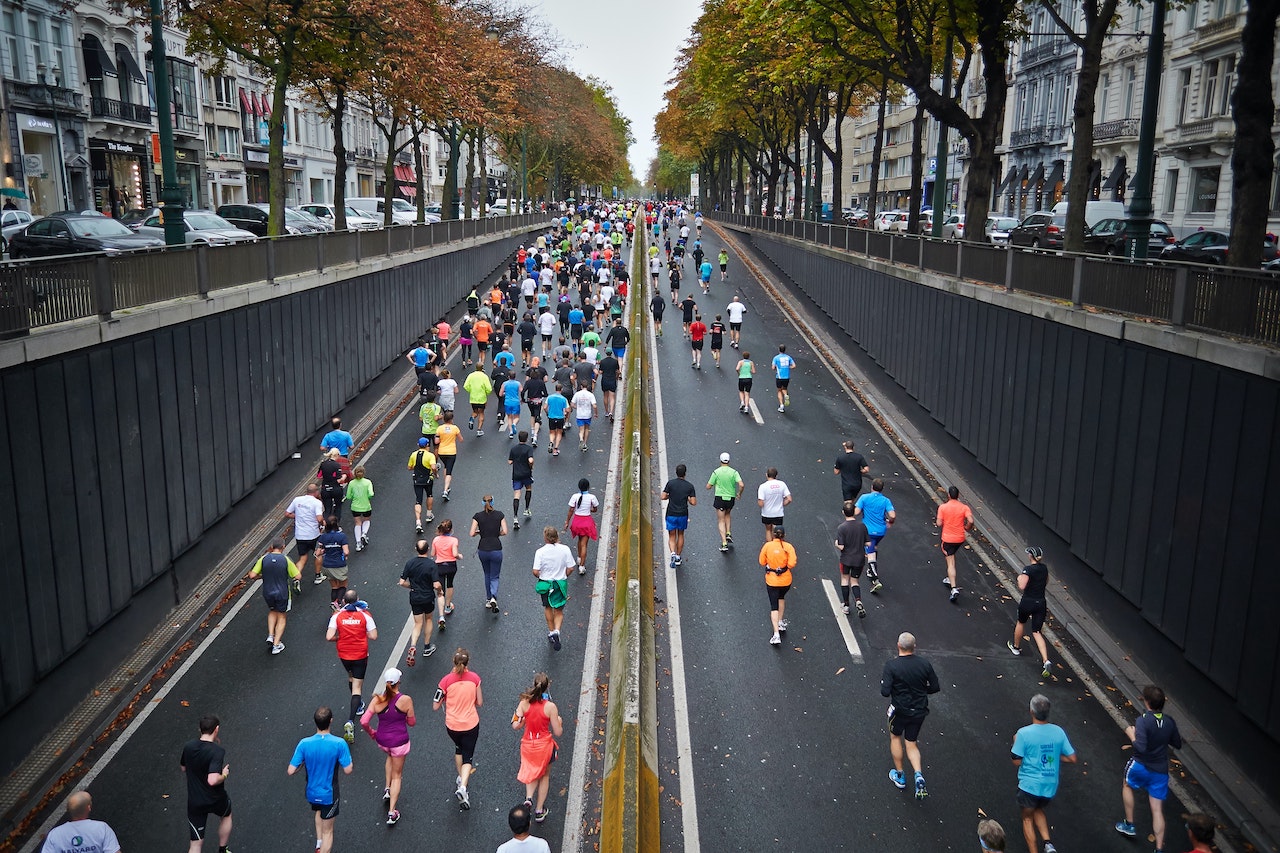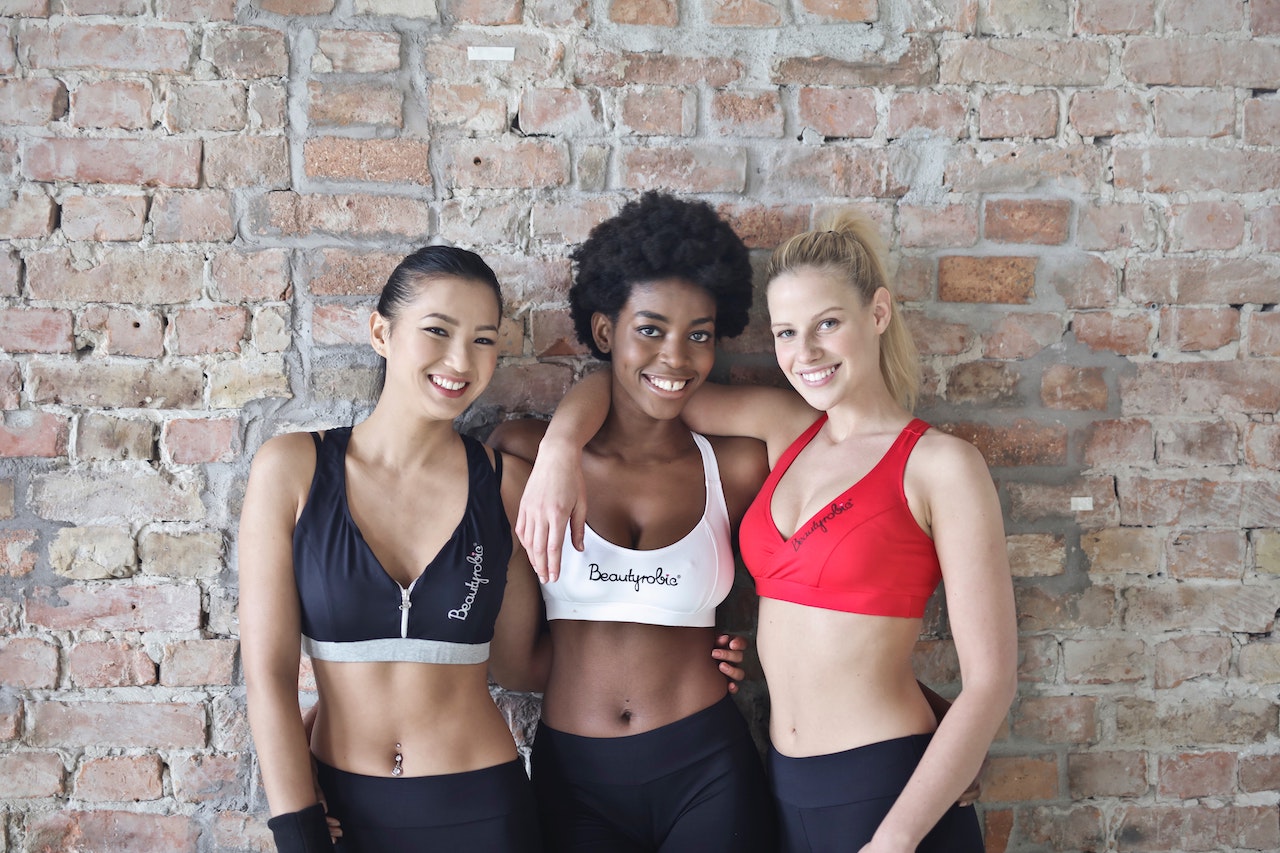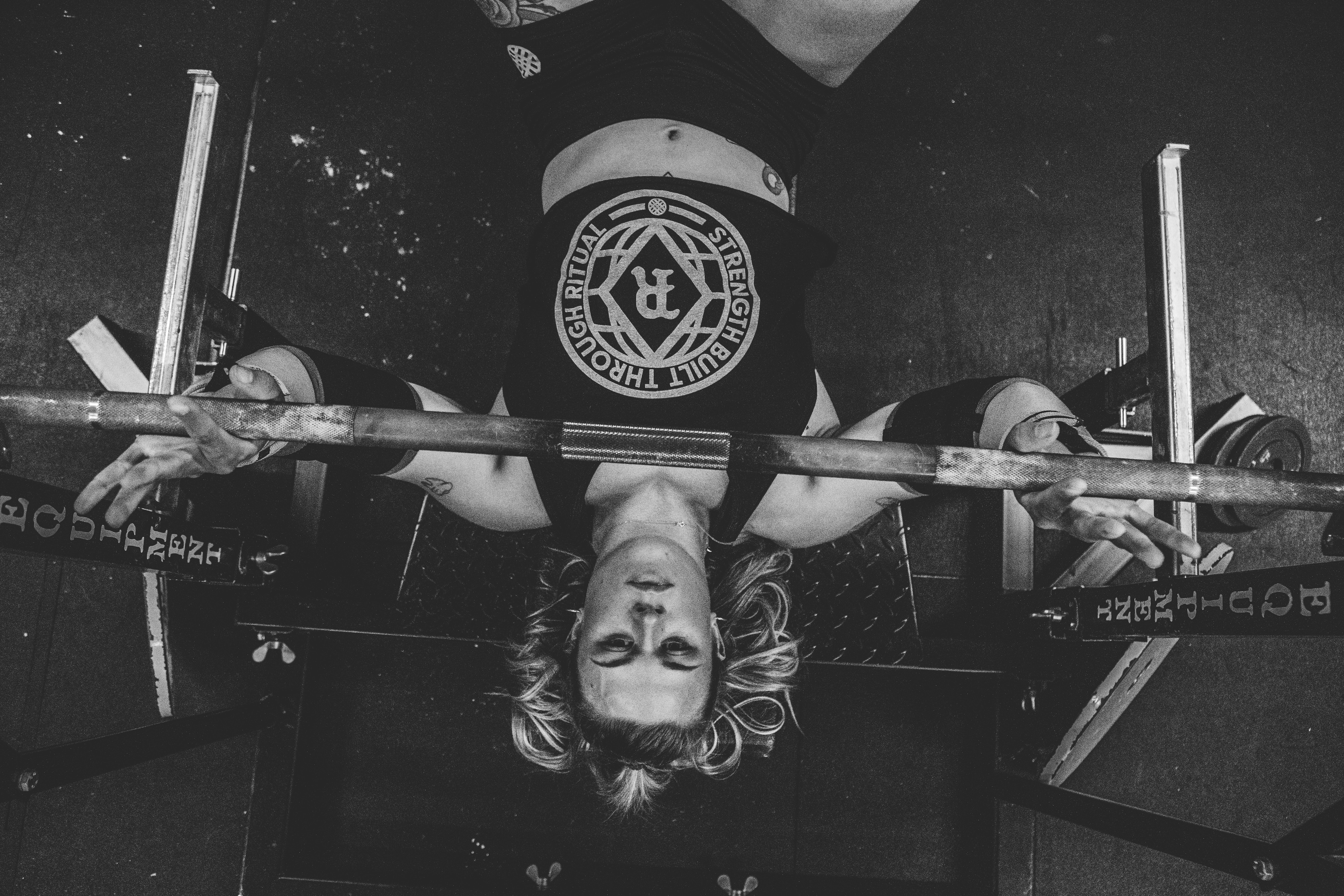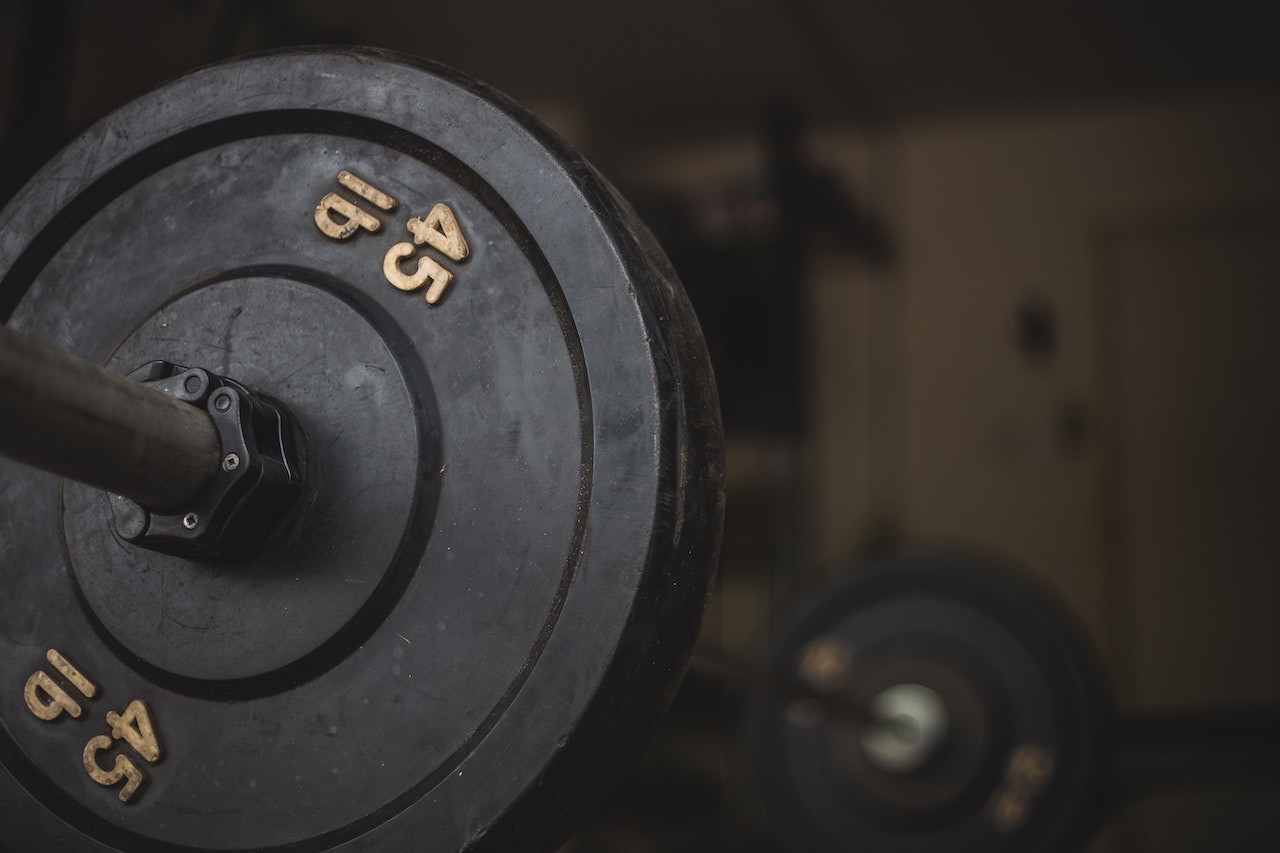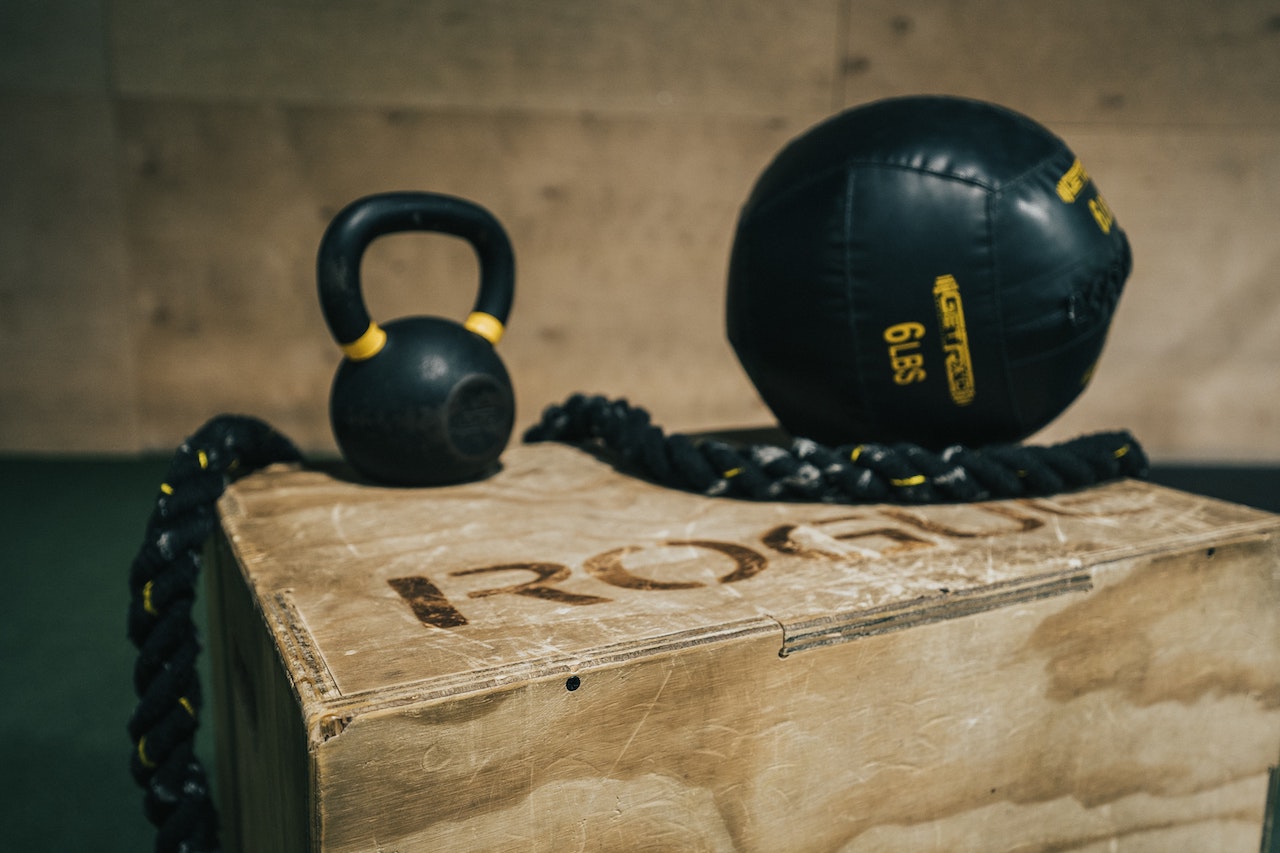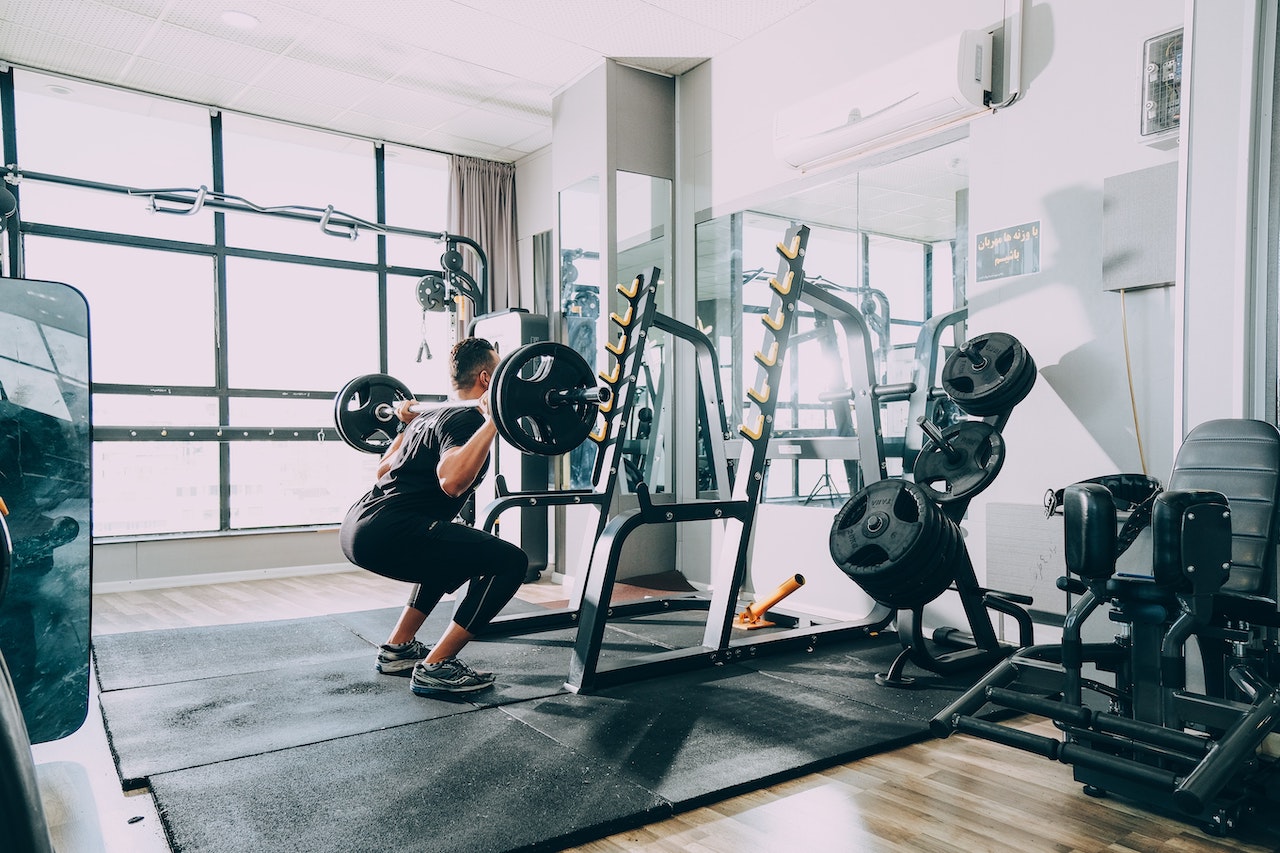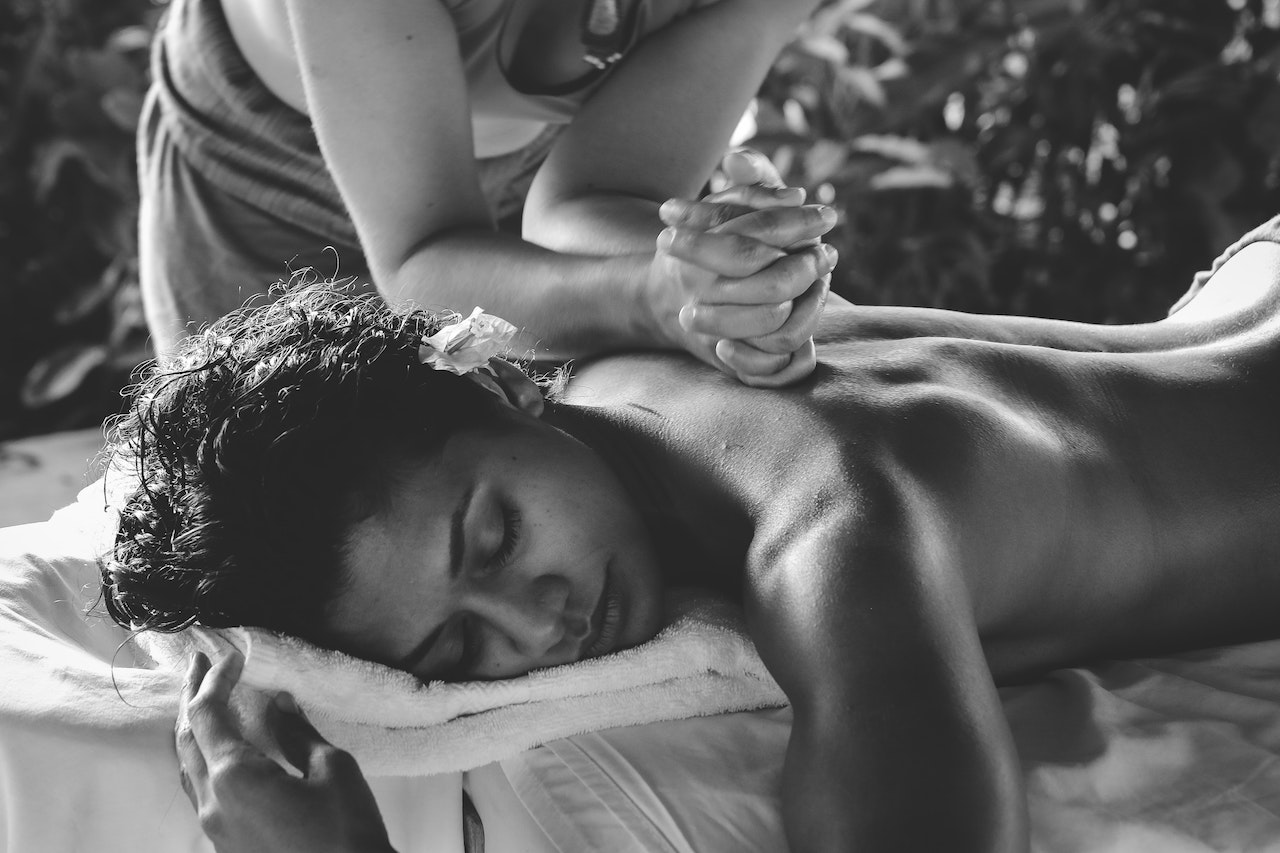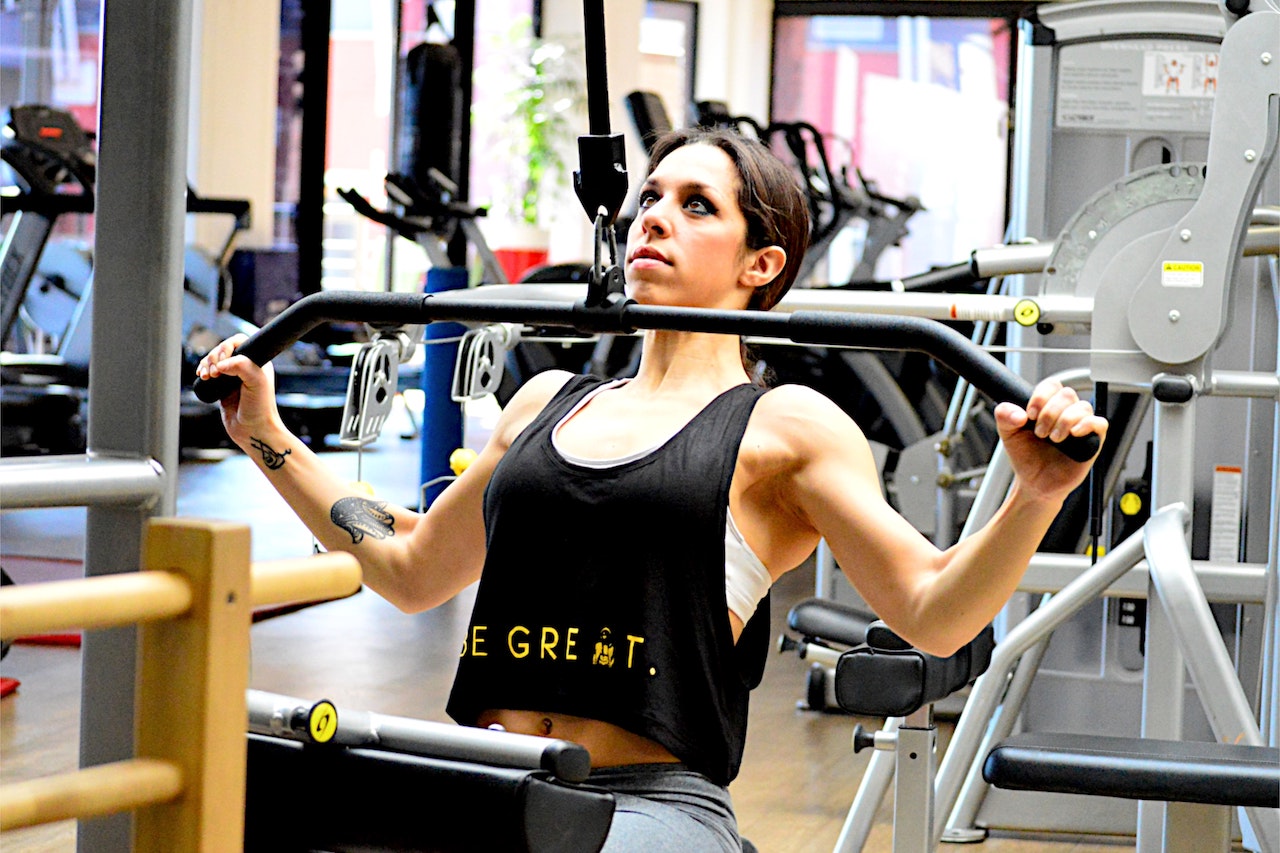Good back muscles can be seen from all angles, front, side and back. It will give you the perfect inverted triangle body.

While there are several muscles that make up your back, including your obliques and erector spinae, the latissimus dorsi is undoubtedly the most important and impressive. Under normal circumstances, they look like wings growing on your back.
Of all the bodybuilders, franco columbus' back can be considered the most classic. It was his amazing width of the latissimus dorsi that earned mr. Olympia the nickname "The bat".
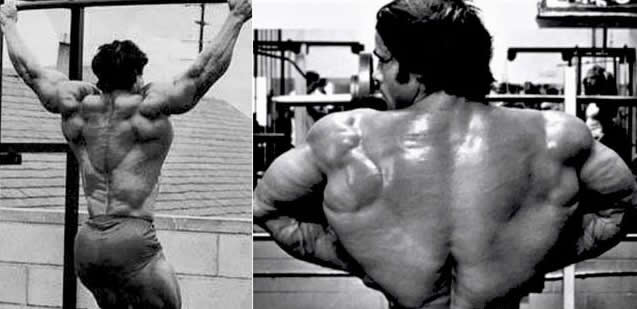
Anatomy of the latissimus dorsi muscle

While you don't need to be an anatomical expert to get good at the latissimus dorsi, understanding the main functions of the muscle is a good place to start so you can choose the best exercises and avoid those that don't work for anatomical and physiological reasons.
The latissimus dorsi muscle crosses over to control your shoulder joint and has three main functions:
Shoulder pronation, pronation means pulling the arm towards the middle of your body. In this case, it is the shoulder, and more specifically the upper arm, that is contracting. When the latissimus dorsi muscle contracts, it pulls your upper arm to the side of your body. This action occurs in movements like pull downs and pull ups.
The shoulder extension, where your latissimus dorsi is also responsible for pulling your upper arm back and behind you, is called a shoulder extension. Your latissimus dorsi can stretch your shoulders in some training movements, such as seated or overhead rowing.
Internal shoulder rotation, which means turning your upper arms inward toward the midline of your body. This is a common exercise that occurs in many latissimus dorsi, pectoralis and shoulder exercises, but it is not a latissimus dorsi-specific exercise.
Below we detail these seven training movements.
1. High pull-down
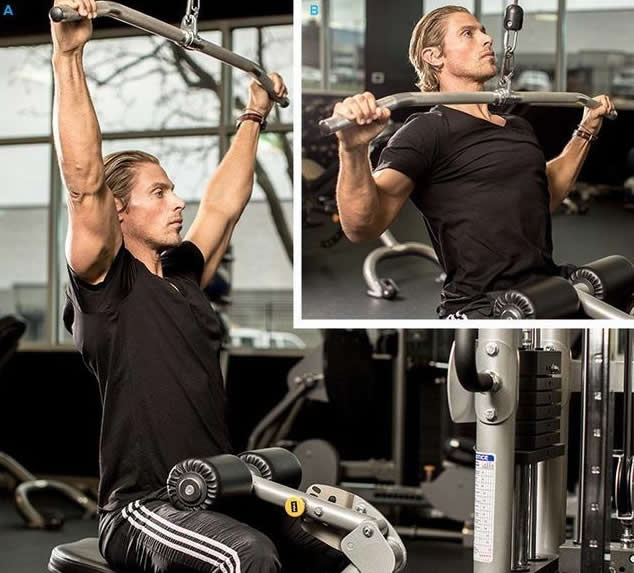
This is a great training movement and even more of a classic piece of fitness equipment. The back workout would not be complete without doing a few sets of pulldowns.
Caution.
Maintain a positive hand grip with the bar shoulder-width apart. Sit in your seat with your legs bent and your feet flat on the floor. Raise your chest and lean back slightly. Bend your arms and pull the bar to your upper chest position. Keep your elbows directly under your hands and keep your shoulders pulled down and back. Use your elbow to guide and increase the activation of your latissimus dorsi. Stay in the topmost contracted position for 1-2 seconds, then smoothly extend your arms and repeat the movement again.
Movement advantages.
Easy to learn, suitable for beginners helps build muscle size and endurance you can use different handles to increase the variety of your workout
2. Pull-ups
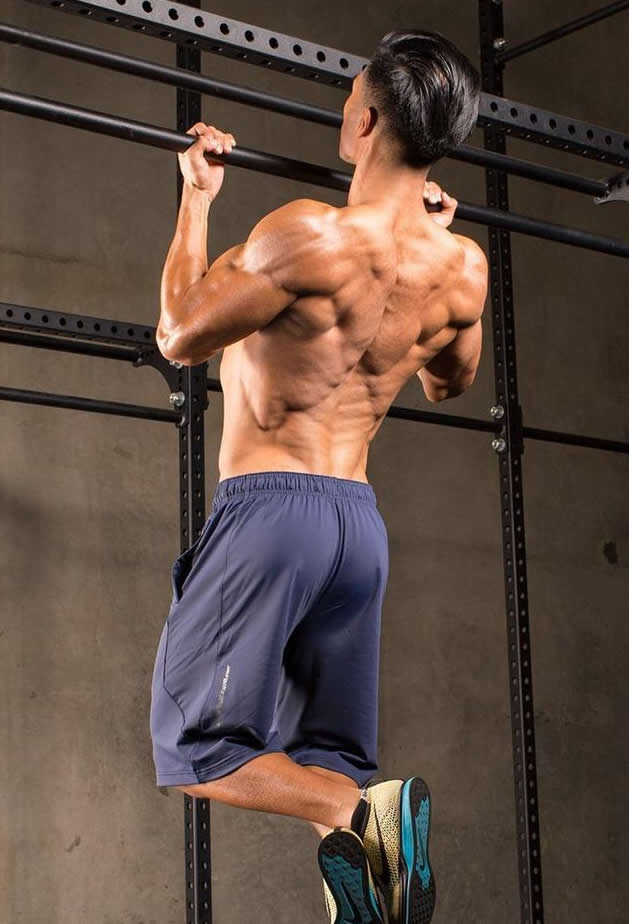
Front and backhand pull-ups are two different exercises for the latissimus dorsi, but they are very similar. The front hand pull-up has a slightly wider hand grip than shoulder width, while the backhand pull-up generally has a narrower hand grip. All of the different pull-ups build latissimus dorsi mass and strength.
Use a forward grip that is a little wider than shoulder width and a narrower reverse grip. Your arms should be straight, your abs should be tense, and your shoulders should be pulled down and back. Without kicking your legs, bend your arms and pull your chin up and over the bar. Stay at the top for 1-2 seconds. Extend your arms and slowly lower your body, don't relax your shoulders. Pull yourself up again and repeat.
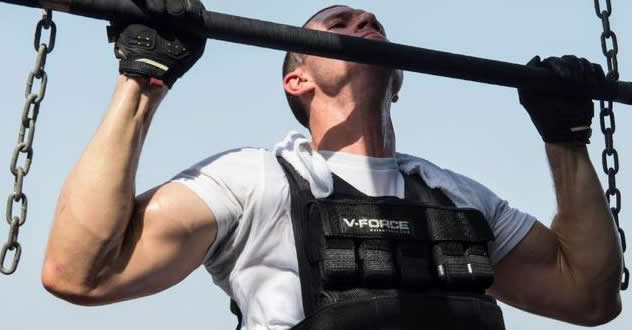
Pulling up from under is good for increasing strength and can be done anywhere you can find that resembles a bar.
3. Seated rope rowing
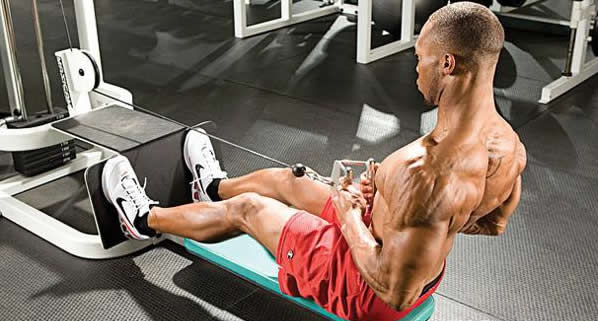
While pull-downs and pull-ups are all about inward shoulder extension, all rowing-type movements require shoulder extension. Pull-downs and pull-ups are considered the best options for building latissimus dorsi width, but rowing-type movements will give you a thicker latissimus dorsi. If you want to create a 3d back, you need both shoulder inversions and extensions for both types of movements.
Hold the handles in both hands and sit on a bench. Bend your legs slightly and then sit up straight so your back is straight. Look all the way forward. Pull your shoulders down and back. Bend your arms and pull the handles into your abdomen, keeping your upper arms close to your sides, and feel it with your elbows to guide them. Stretch your arms and repeat. As you straighten your arms, you can also lean forward slightly from your hips to give your latissimus dorsi an extra stretch and increase your range of motion. However, this technique may increase the stress on your lower back, so use it carefully. Good for developing upper back thickness also suitable for training the trapezius, rhomboids and posterior deltoids this is a safer movement for the lower back than the barbell row.
4. Single arm dumbbell rowing
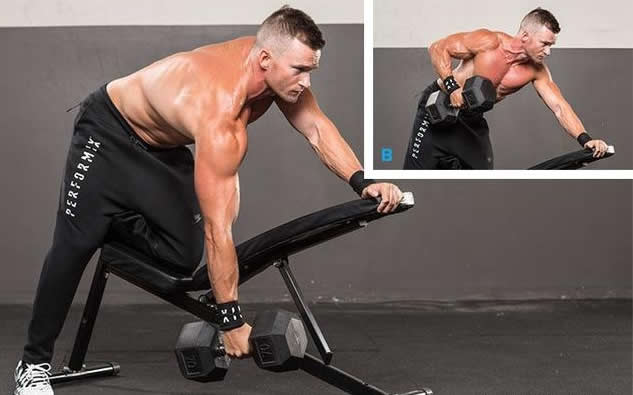
The one-arm dumb row is similar to the seated dumbbell row in that it allows you to do one side at a time. This is very useful for fixing the intensity imbalance between the left and right side. In addition, they allow you to have a greater range of motion and increasing the final stretch may result in greater muscle growth.
Hold a dumbbell in one hand. Lean your body forward and place your other hand on a bench (or other fixture). Let your dumbbell hang down from your shoulder, but don't relax. Instead, pull your shoulders back. Bend your knees slightly, tighten your abs, and arch your lower back slightly. Bend your arms and pull the dumbbells upward to the side of your rib cage. Lead with your elbows, keeping your wrists straight. Do not allow your lower back to rotate. Slowly extend your arms and repeat the above movements. Repeat the same number of times for each arm. You can also do this by placing one knee on a bench. Relaxing the lower back helps fix the strength or muscle size imbalance between the left and right to improve without specialized equipment while working your latissimus dorsi, middle trapezius, rhomboid and posterior deltoid muscles.
5. Backhand barbell rowing
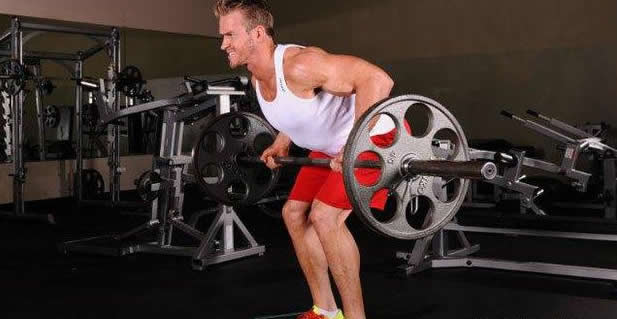
Bending over for barbells is a controversial exercise. While they are great for strengthening the latissimus dorsi, they can also cause damage to your lower back. They are safe if done correctly, but if you can't stop your lower back from arching, or if you already have problems with your lower back, you should abandon this movement.
Use a backhand, hip-width grip. Bend your knees slightly, tighten your abs, and bend your hips forward. Do not arch your lower back. Your torso should be tilted between 45-90 degrees. With your arms straight, pull the barbell upward into your abdomen. Lead with your elbows, keeping your upper arms close to your sides. Has been shown to be effective in stimulating muscles can also exercise your erector spinae muscles on the development of physical function, whole body strength is helpful.
6. Chest support rowing
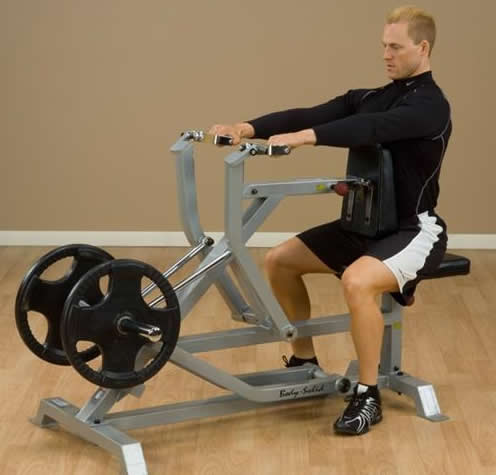
If your gym has a chest support rowing machine, you can make it a little easier on your lower back. Instead of worrying about lower back activity, you can concentrate on pulling with maximum effort. This is a great movement for anyone with lower back problems.
Adjust the height of the chest pad so you can reach the handles when you lean on it. Sit on the machine so your feet are flat on the floor or on the pedals and your chest is resting on the pad. Reach forward and grab the handles, then pull your shoulders back and down. Bend your arms and pull the handles toward you. Keeping your wrists straight, concentrate on leading with your elbows and pause for 1-2 seconds. Slowly extend your arms, but do not relax your shoulders. Repeat. Low risk of injury easy to learn and easy to master can be done with one hand or both hands at the same time.
7. Dumbbell overhead press
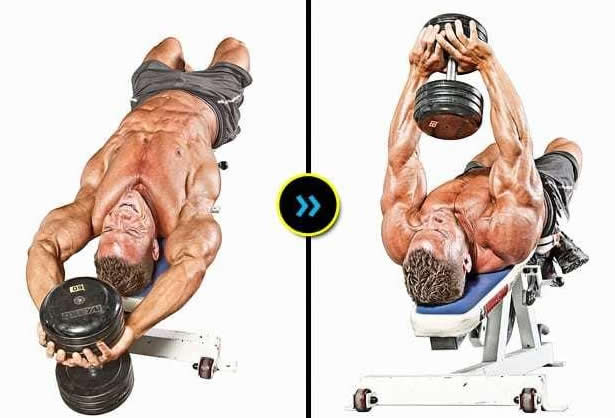
The dumbbell overhead press is a combination of back and chest exercises that also stimulates the triceps. Because of this, the golden age bodybuilders often referred to this movement as the "Upper body squat" Because it worked so many muscles.
It allows you to exercise the latissimus dorsi without the involvement of the biceps, so it's a great back move when your arms are tired.
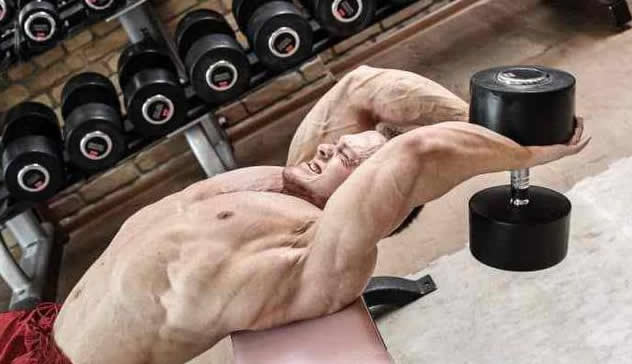
Lie on a bench with your arms straight up to the ceiling and a dumbbell in your hand. Cross your fingers or hold the inside of the dumbbell. With your feet flat on the floor, tighten your abs, slightly counter-arch your lower back and slightly bend your elbows, then keep the angle the same. Without bending your arms, lift the dumbbells back overhead as far as your flexibility will allow. Pull the weight back up to your chest and repeat. You can also do this exercise with your back on a bench, but doing so will increase the strain on your lower back. Some gyms also have specialized equipment for overhead lifts.
Important latissimus dorsi training tips
Using your brain-muscle connection, to work your back muscles effectively you must focus your attention on the muscles so you can really feel them working. If you don't, you may be using your biceps to fire more than your latissimus dorsi. Use a slow, controlled rhythm, focusing on controlling your shoulders down and back, and starting with your elbows to fully activate your back.
Using too much weight may take the pressure off your back and put it on your biceps. If you don't feel your back firing, you won't get the results you want to build muscle.
Change the position of your hands. Most movements can be performed with a variety of different hand positions, including forward-backward, backhand and sideways grips. Using different grips can change the feel and effect of any exercise you are doing. Change your grip from time to time to increase the variety of your workout.
Try decremental training, which is a very convenient method of training that will make your workouts harder and more efficient. They are especially useful for pull downs and rope-type movements, where you can change the weight quickly. Keep repeating and then, when you've exhausted yourself, lower the weight by 15-20% and repeat again.
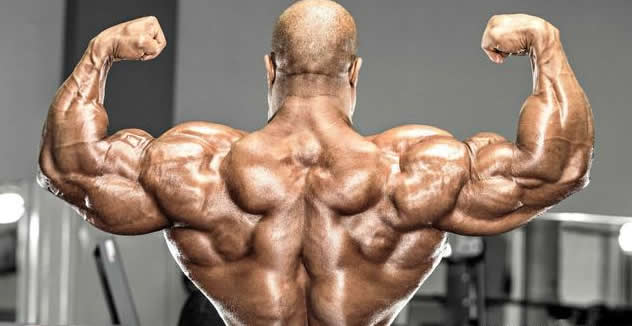
Wearing a booster band, most of the latissimus dorsi training also involves the forearms. If you don't have enough grip strength or are training with a higher weight, use a booster band to make sure your movement doesn't end prematurely. If your hand grip is too poor, spend some extra training time to strengthen your grip as well.
While ample pecs and bulging biceps look great, they look even better with a wide back. Many exercisers pay too little attention to their latissimus dorsi, and as a result, they are neither as tall nor as strong as they should be. Build a back muscle you can be proud of by adding the best exercises to your workout.

